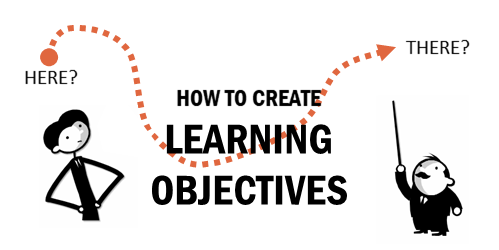
All courses begin with an overarching goal. Assuming that the goal is clear, you build learning objectives to meet the goal. In today’s post we’ll explore a simple way to create objectives for your course.
Learning Objectives Start with Clear Goals
Make sure that when you work with your clients you have very clear goals. What do they hope the course will accomplish? From that conversation, you’ll be able to discern what the learning needs are. This helps you build your objectives.
The main area of focus is to understand where you currently are and where you need to be. Then map out the activities and learning experience to get from one point to the next.
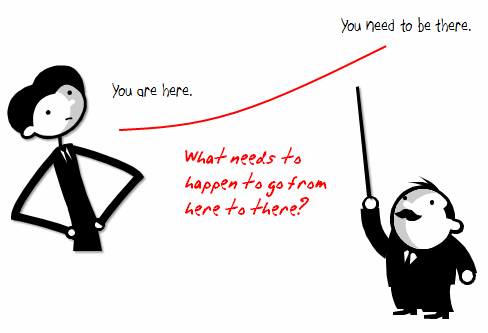
What is the Core Learning Objective?
Start by creating your main objective and then use that to drill down to the additional content you need to meet it. Basically, your objectives are built on three critical questions.
- What needs to be learned?
- Who needs to learn it?
- What do they need to know before they can start?
What needs to be learned? What you teach should be linked to real performance. Essentially it’s all about what the learner is going to be able to DO with what they learn from the course. Avoid using words like “understand.” That’s not clear. Find the basis for understanding and then build your objective around that.
Here’s a common type of objective: Understand how to edit time cards.
This is vague because it is not aligned to a real measure. What does “understand” mean? A better objective is to state what the learner will be able to DO with the new information. If they understand something, how would you know it? Build a measurement around that.
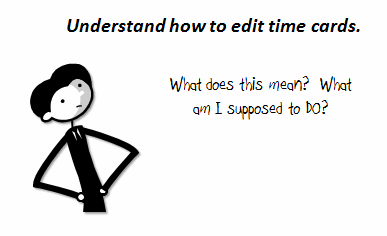
Who needs to learn it? Who are your learners? Who is going to take the course? By including this in your objective you are able to qualify potential learners and tell your client who is being taught. Are they new employees? Managers? At this point you don’t need to do a full analysis of the learner. You only want to identify the audience for the course and what they’ll be able to do after completing it.
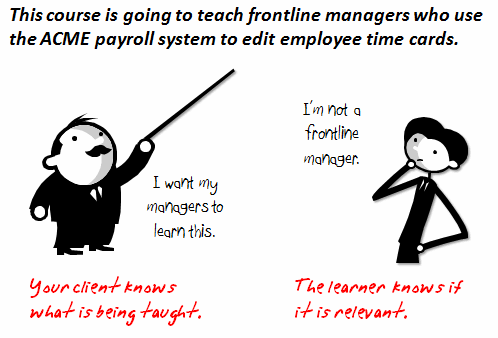
What do they need to know before they can start to learn? All elearning courses require some prerequisite understanding or experience. By identifying what that is, you avoid some assumptions about the learner. You can either require it prior to starting the course or you need to create the additional content to get the learner to the prerequisite level.
Think of it this way. I give you a map and tell you to go to Seattle. First you locate Seattle (your goal) and then you figure out where you’re at (prerequisite) so that you can chart your course. You can’t reach your goal, if you don’t know the starting point. In the same sense, it’s difficult to teach your learners without knowing where they’re at.
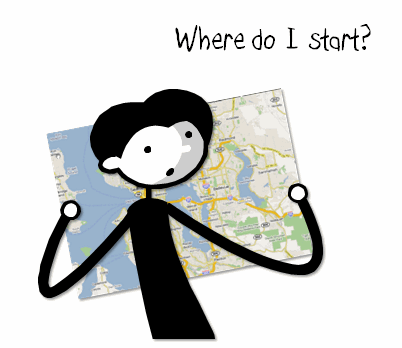
Once you have your main objective, you can start to drill down. What assumptions does your objective require you to make? Those assumptions become the foundation for your sub-objectives. Let’s look at the example below.
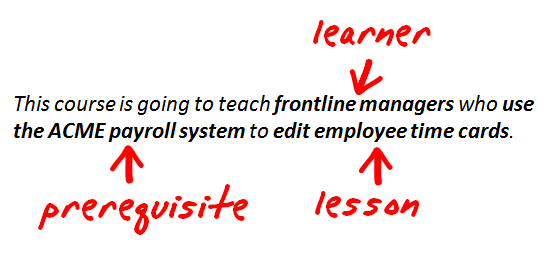
You know who is going to learn (front line managers), what they’ll learn (edit time cards), and what they need to know to learn it (ACME payroll system).
Editing time cards assumes that the learner knows how to use the ACME payroll system. Thus, if you want your learners to be successful at editing time cards, they need to know how to use the payroll system. So you can create another objective that includes learning to use the ACME payroll system. From there, the prerequisite might be that the person knows how to collect the time card data. Or perhaps they need to understand the company’s time card policies.
The key is to continue to drill down and ask what the learner needs to know prior to learning this new information. At that point, you determine if you make it a requirement to take the course or if you’ll teach the additional content in your course. Once you have your objectives, you can begin to collect and sort your content to meet them.
You have a lot of latitude in how you write your objectives. You’re not stuck in any particular model. What’s critical is that the objective is performance-based and that who the learner is and what she needs to know prior to starting is clear.
By following the approach above, you’ll align your course objectives with the overarching goals. You’ll also communicate to your client what the course accomplishes. And your learners understand what’s in it for them. Once you have your learning objectives, you can begin to build the course.
When you build you courses, what do you do to determine your learning objectives?
Events
Free E-Learning Resources





















0
comments